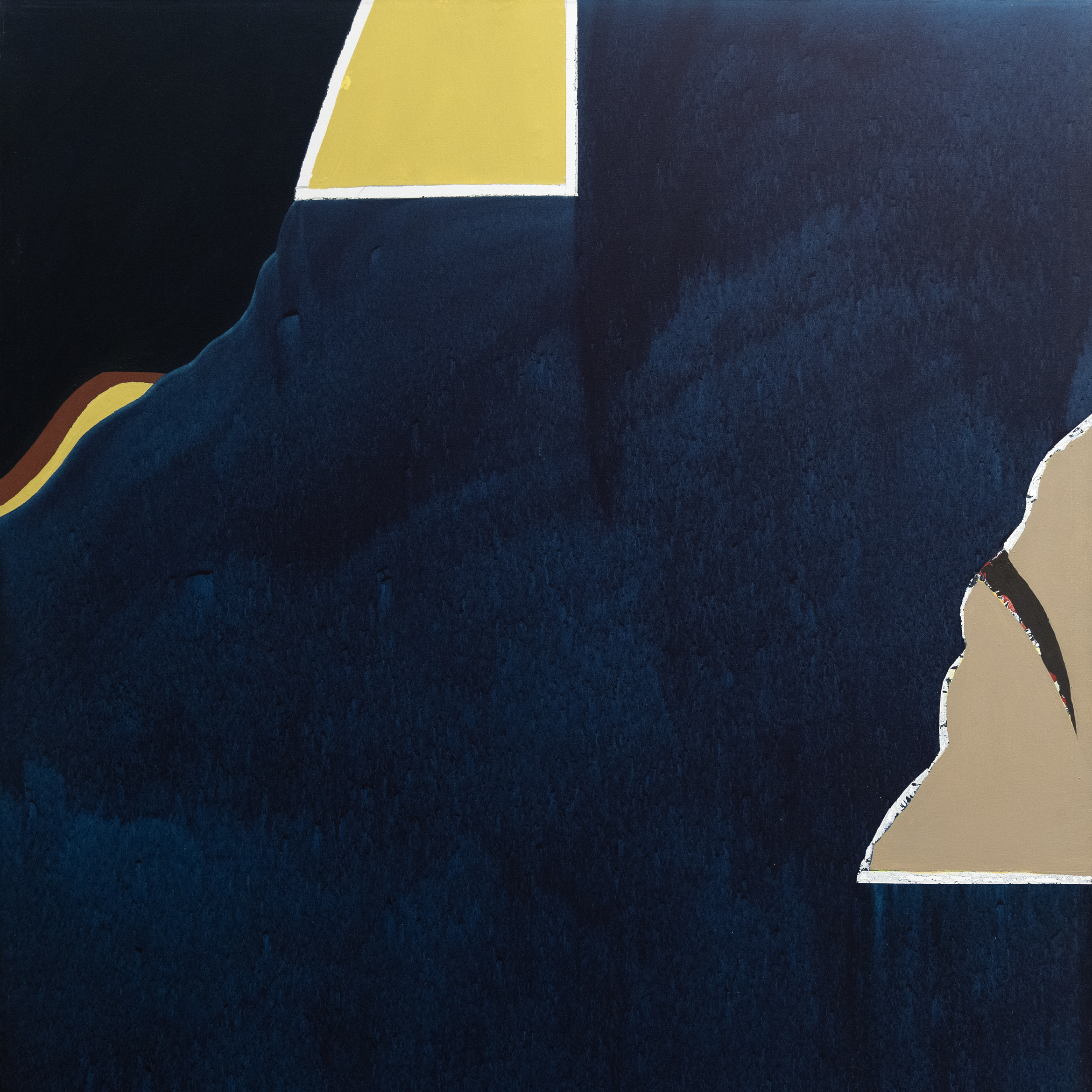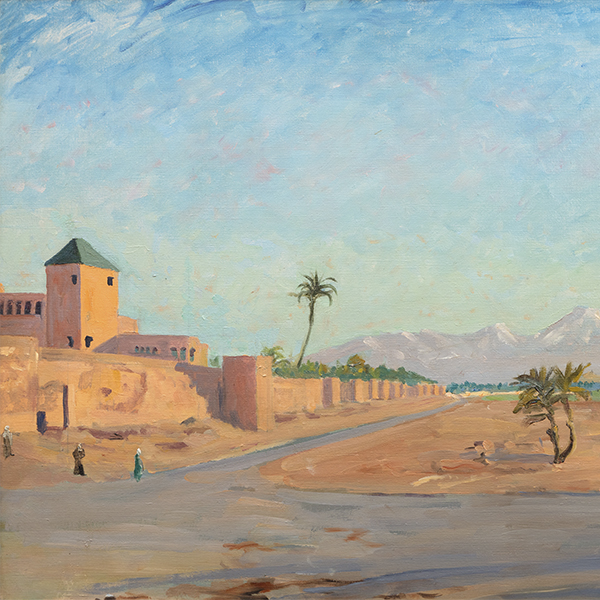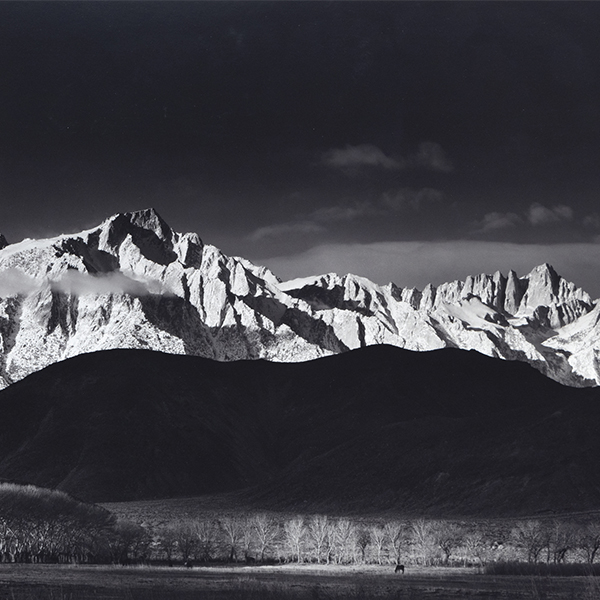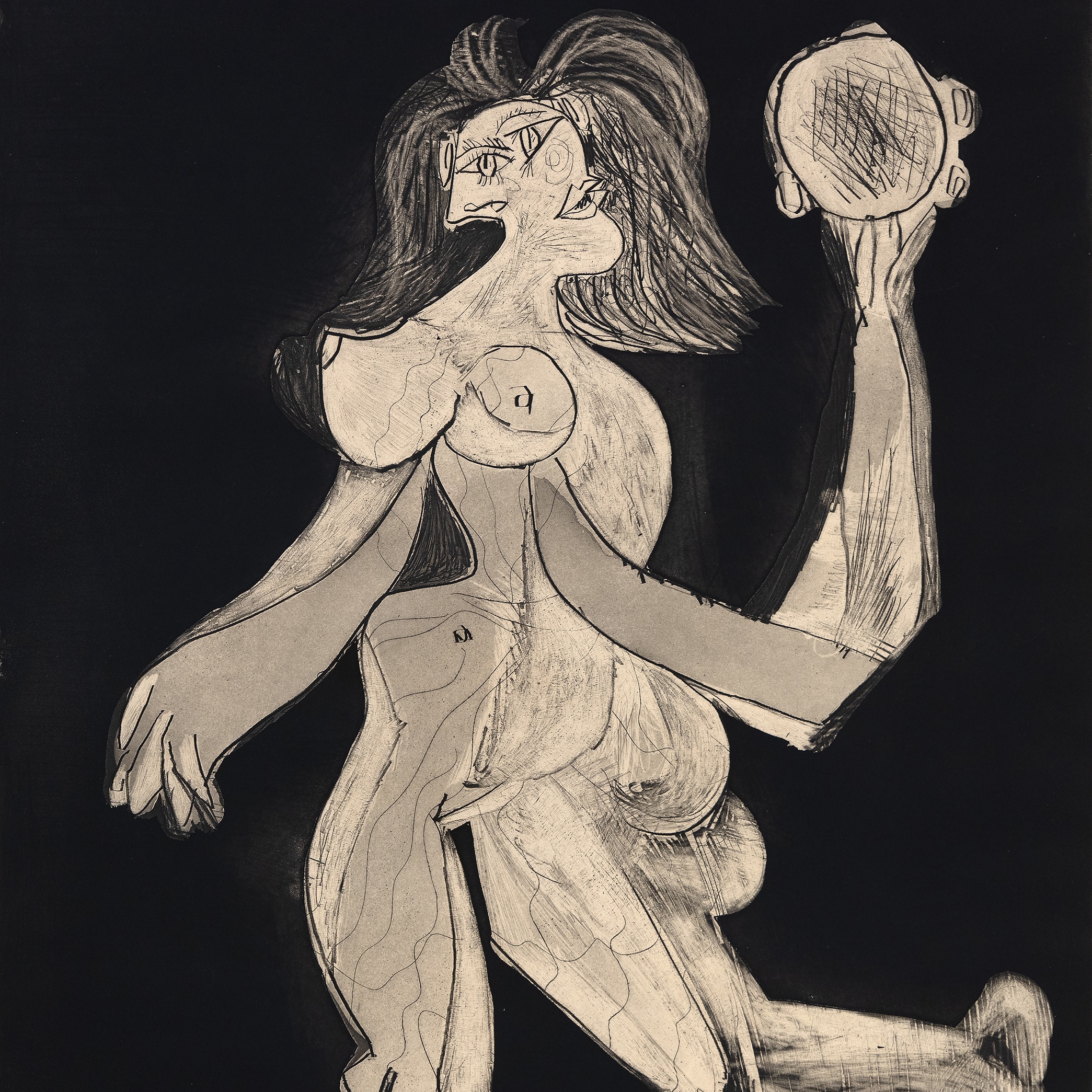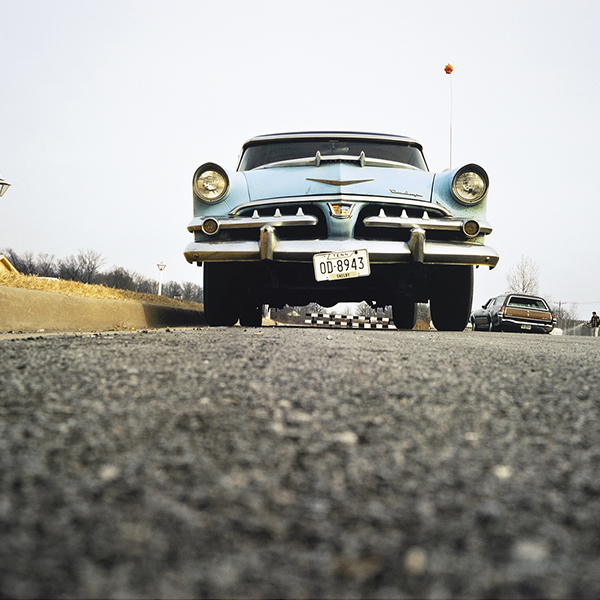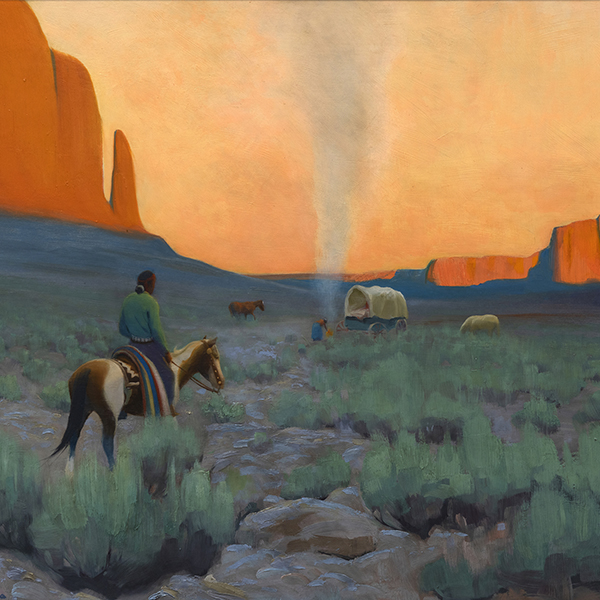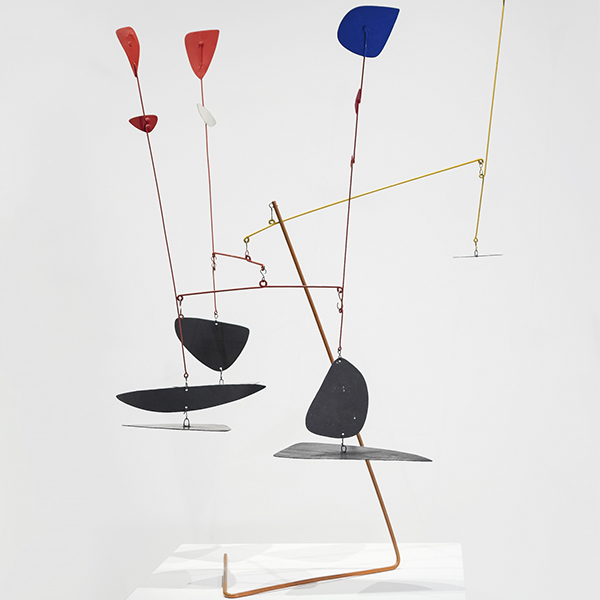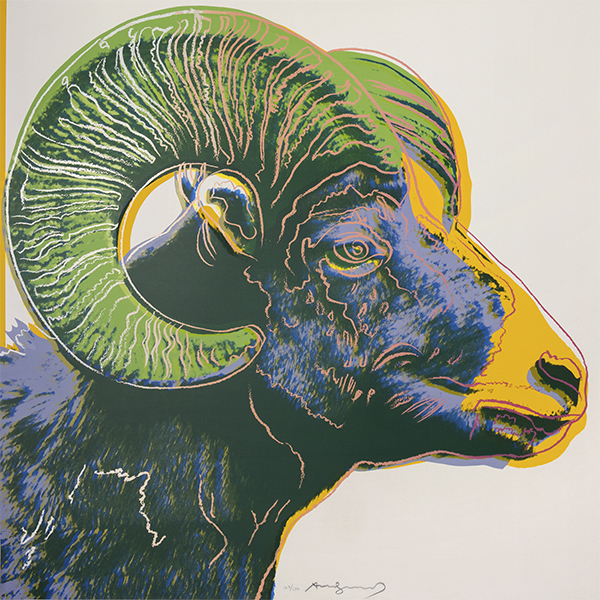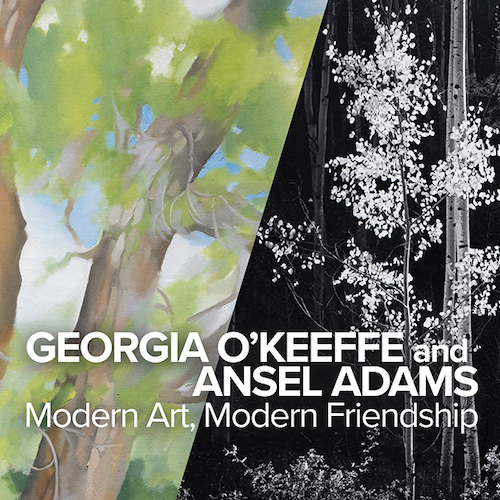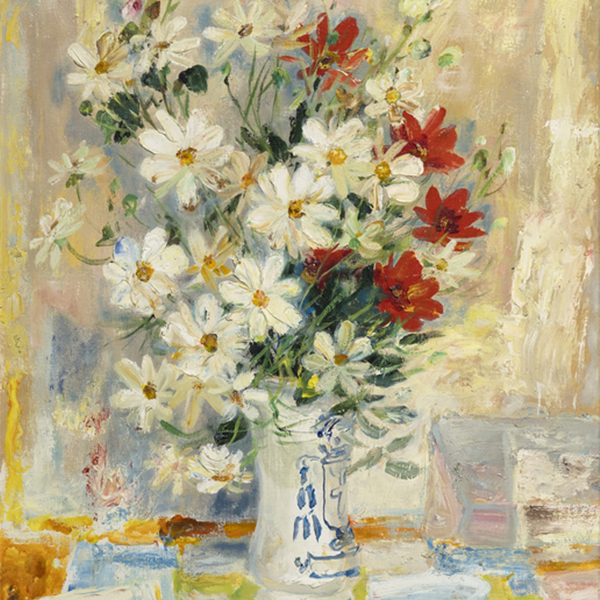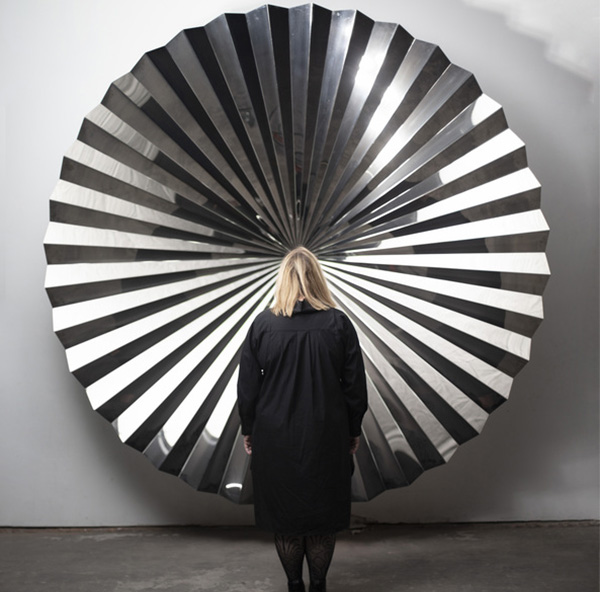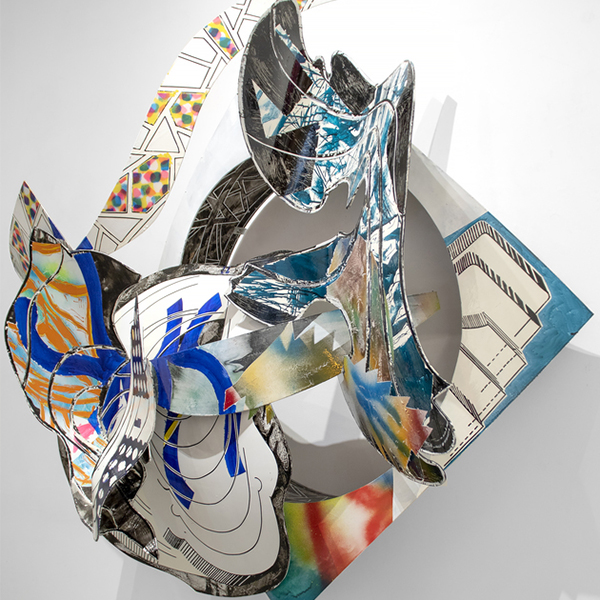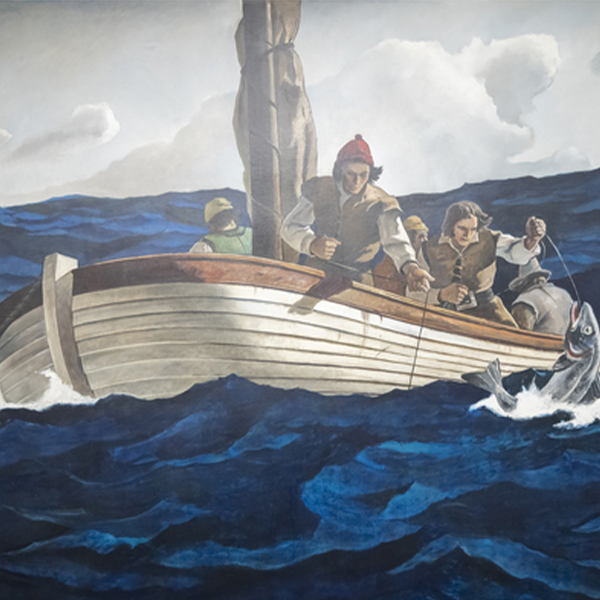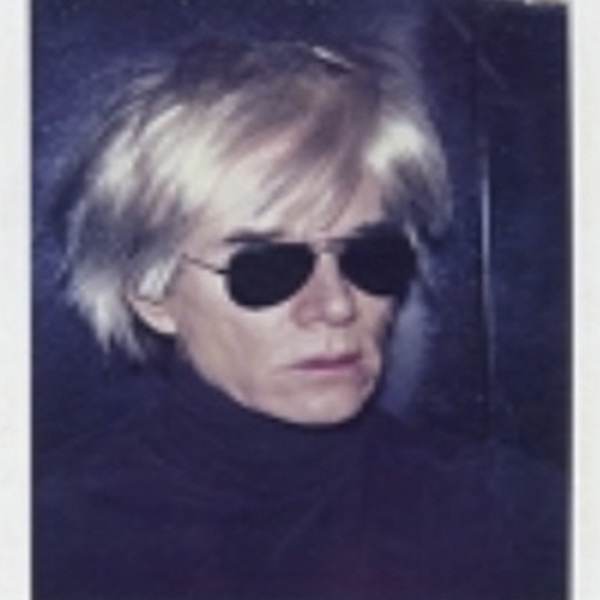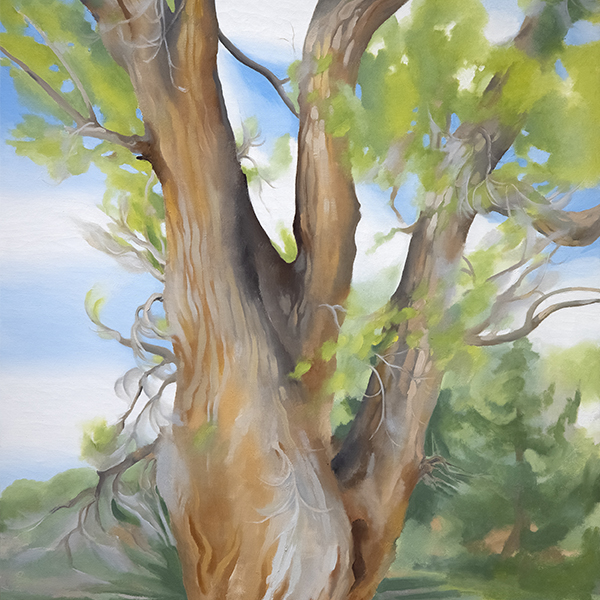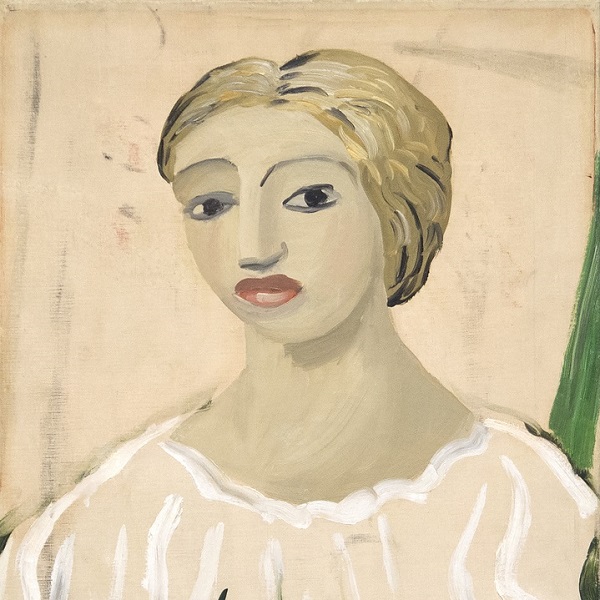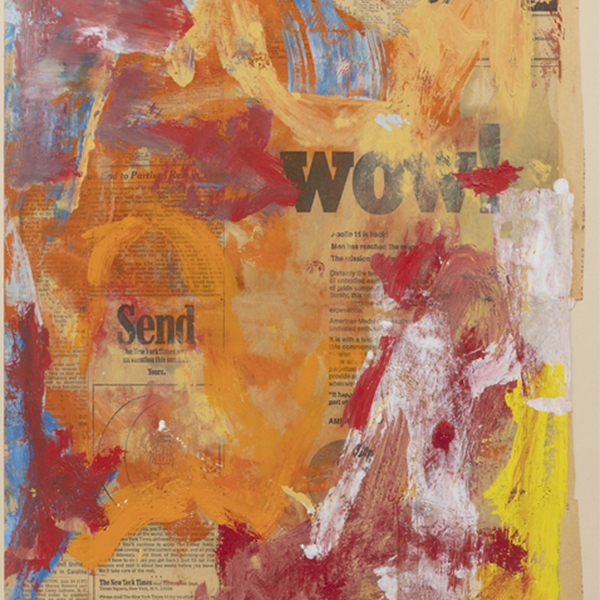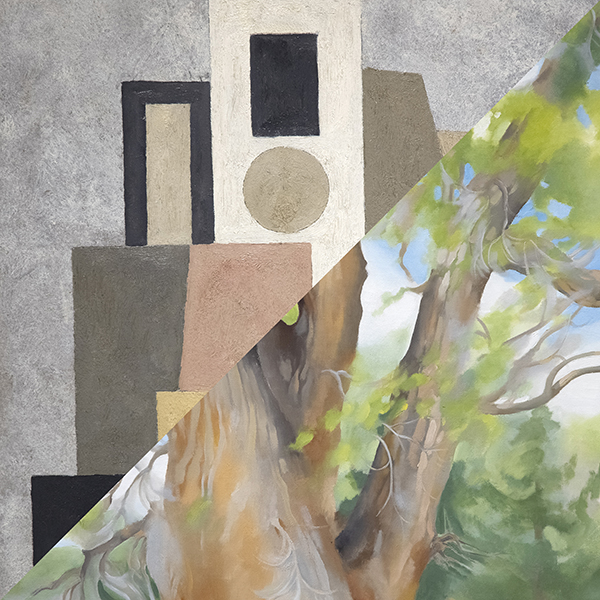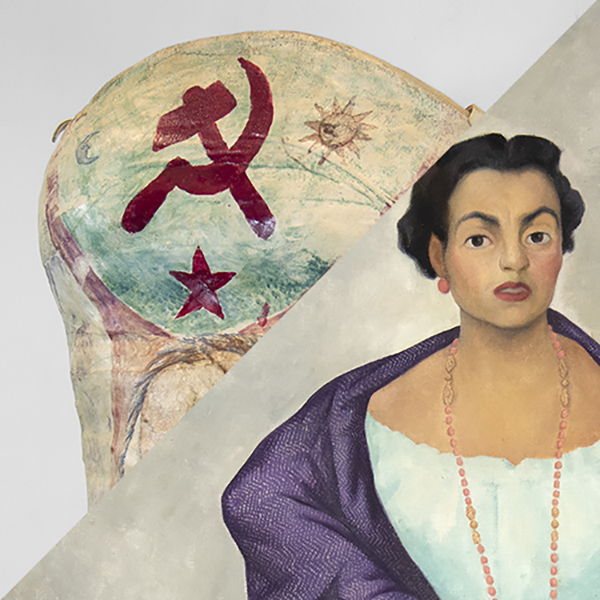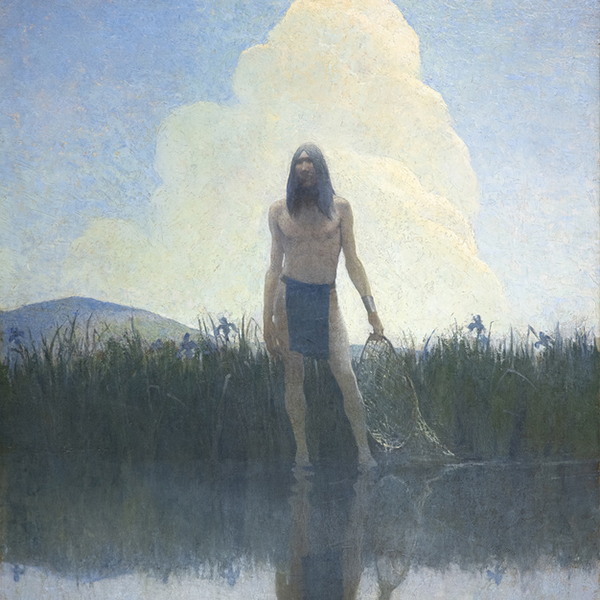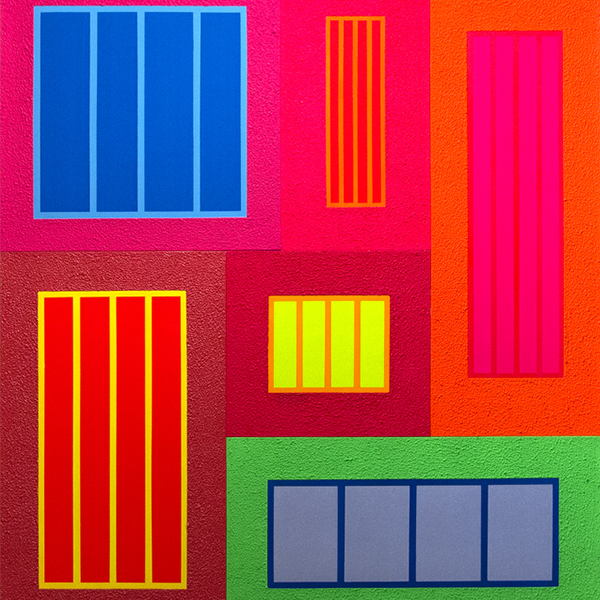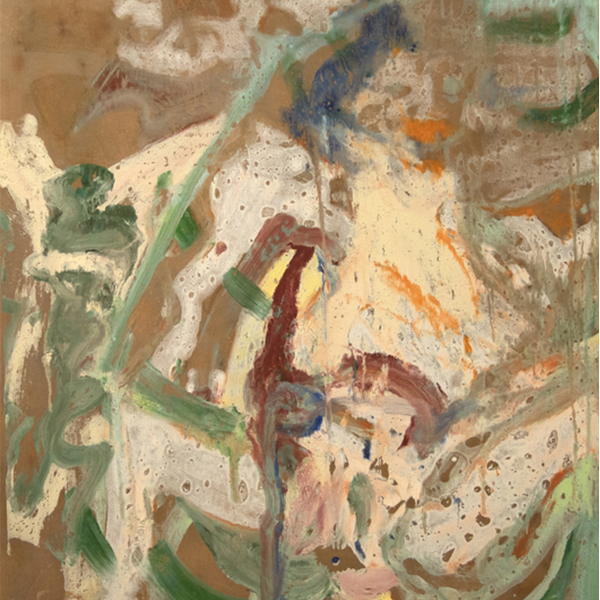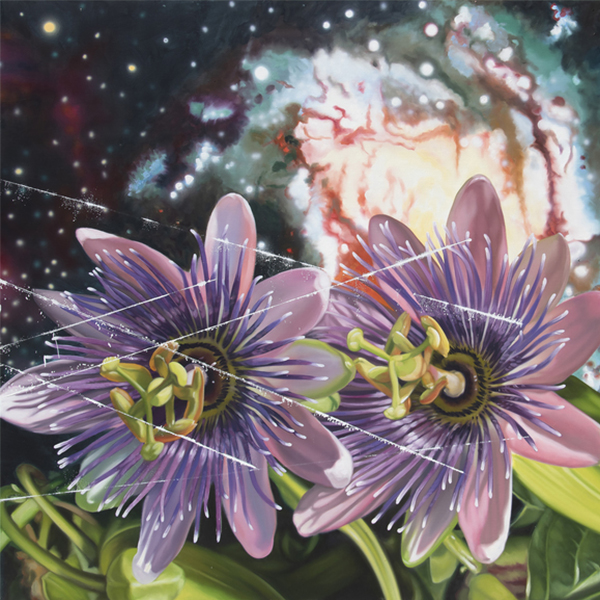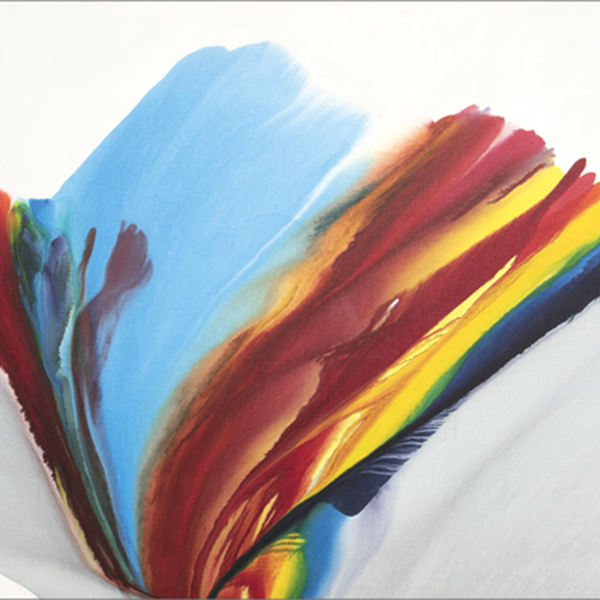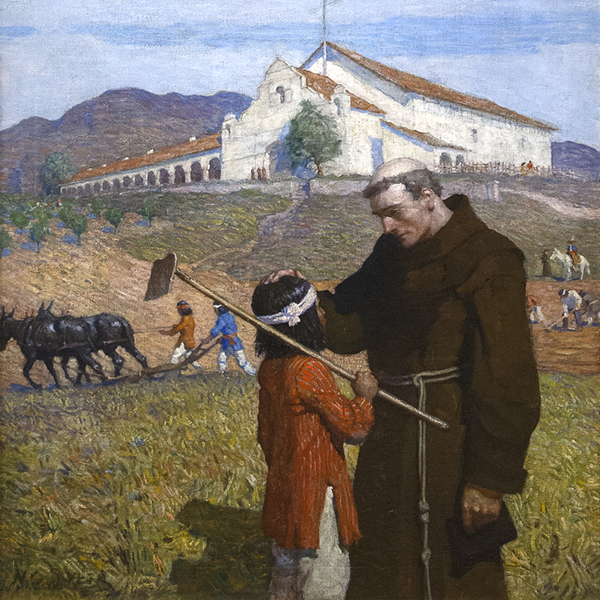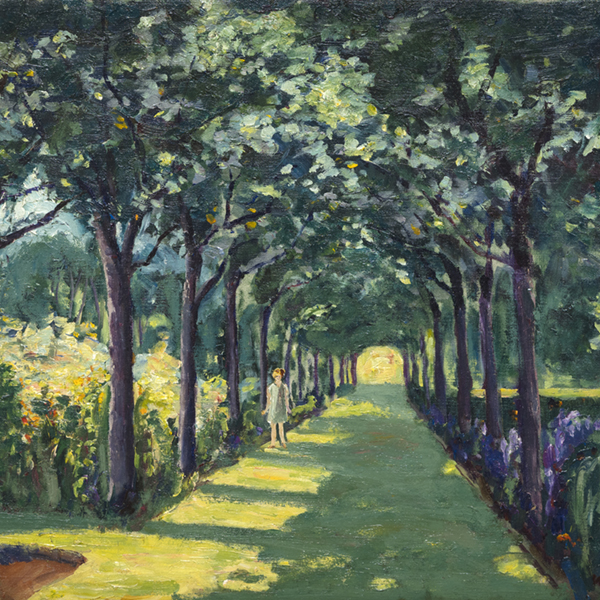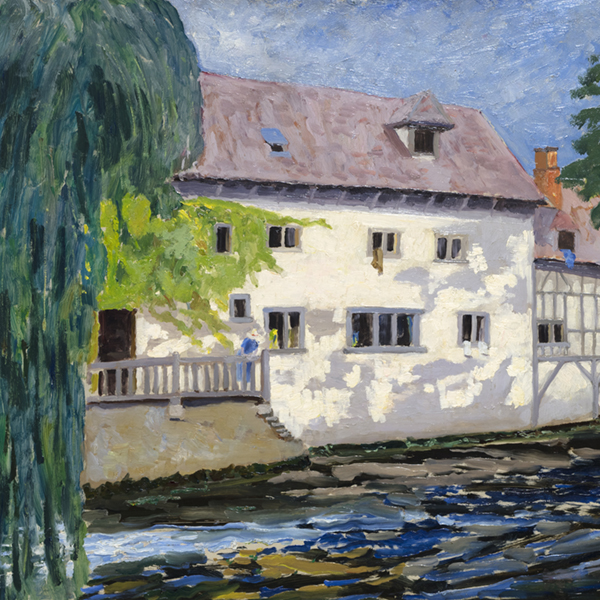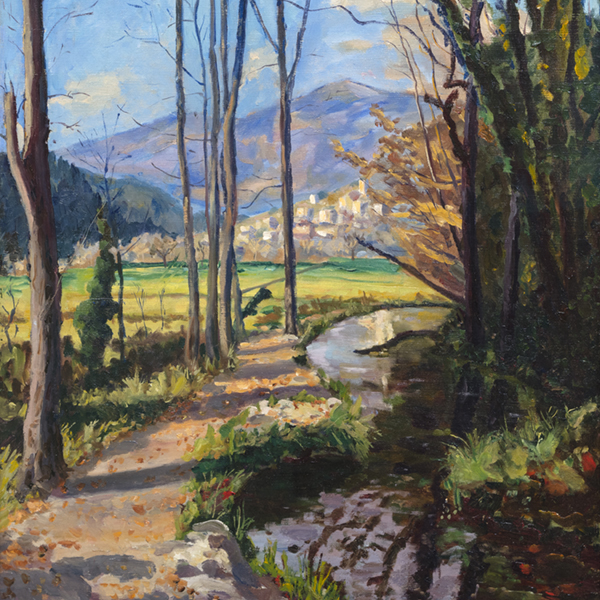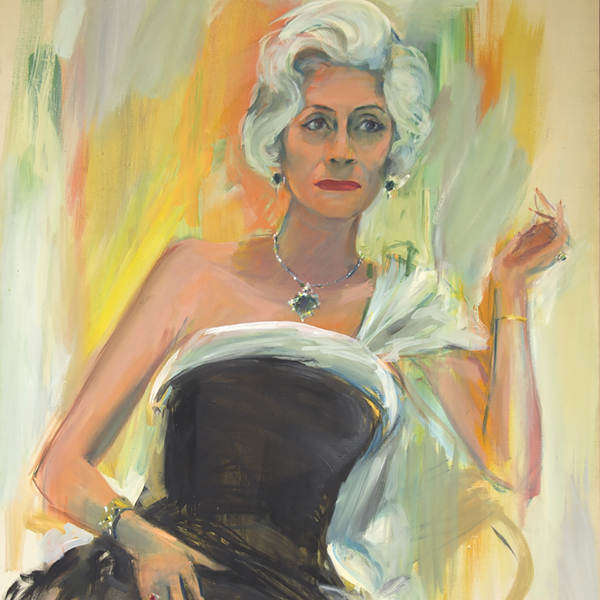When Anselm Kiefer traveled to India in the early 1990s, he observed towers of brick that reached toward the sky. Essential to the manufacturing of mudbrick, the same bricks being fired within the towers were used to build them up. In a process of creation and destruction, the towering structures were then gradually dismantled as bricks were needed for construction elsewhere. Fascinated by the metaphorical resonance of this cycle of birth and decay, Kiefer’s work adopted the imagery of grand architectural constructions, monuments to ambition and its collapse. It recalls early civilizations in ancient Mesopotamia and reflects Kiefer’s own history growing up in Germany in the aftermath of World War II.
This specific tower imagery is drawn from Kiefer’s The Seven Heavenly Palaces, a large-scale installation first conceived at his sprawling studio at Barjac in the South of France. These looming concrete towers, over 70 feet tall, signify a spiritual and physical journey upward, a pursuit of ascension that is ambiguous and unsteady. Kiefer’s Seven Heavenly Palaces were installed in Milan in 2004, where they have become a permanent fixture, and towers were also exhibited in 2007 in the courtyard of London’s Royal Academy and at the Grand Palais in Paris.



